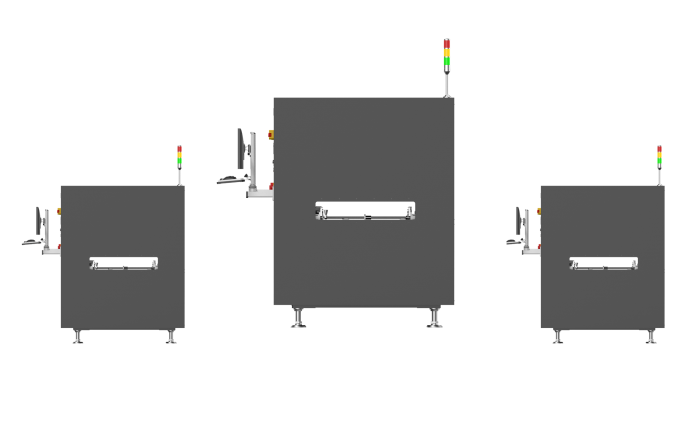Sie erhalten in Kürze eine Bestätigung per E-Mail.
As a rule, the final decision about an error in an AOI lies with the employee at the review or repair station. This is due to a decades-long history of 2D inspection, since the pure assessment of images often allows misinterpretations, and a sharp setting of limit values is difficult or impossible to implement. Therefore, the use of an AI is very promising here.
But what can AI really do?
At this point, an AI should secure and ideally accelerate the decision-making process. With the long- and medium-term goal of making decisions independently.
How do you use the AI sensibly?
By analysing the weak points, the "pain points", of the existing processes and securing or eliminating them with the help of AI. The goal must be a clear simplification of the decision-making process and a reduction in operator intervention. Put simply, an automation of the inspection.
What are the bases and conditions for an AI application?
Enormous amounts of data are required to develop AI algorithms. This data must first be obtained, processed and converted into mathematical models. These models then serve as a basis for decision-making for the AI algorithms. This works best with measured values. AIs that work with measured values instead of images can use trend analyses and automatic tolerance adjustments to dramatically reduce the number of defects that still appear at the review stations. 3D measurement is therefore a crucial factor.
However, 2D inspections cannot be 100% eliminated from the AOI world. Here, self-learning AI systems help to secure and accelerate operator decisions. The question here is how close the infrastructure for independent learning must be to the application site to accelerate the decision-making process.
What is the actual benefit?
The benefit of the AI lies in the avoidance of wrong human decisions, the avoidance of pseudo-errors and the associated higher throughput of the SMT line and the reduced effort at the repair station.
Is there a healthy balance between benefit and effort?
It depends on the level of AI integration and the level of improvements made. It is therefore worth looking at the implementation strategy of the individual providers.
The online seminar gives an insight into the implementation strategy for an AI integration using the example of the company Koh Young and critically examines the questions and aspects mentioned.
The speaker:

Dipl.-Ing. (FH) Axel Lindloff,
Application Engineer Pre-Sales,
Koh Young Europe








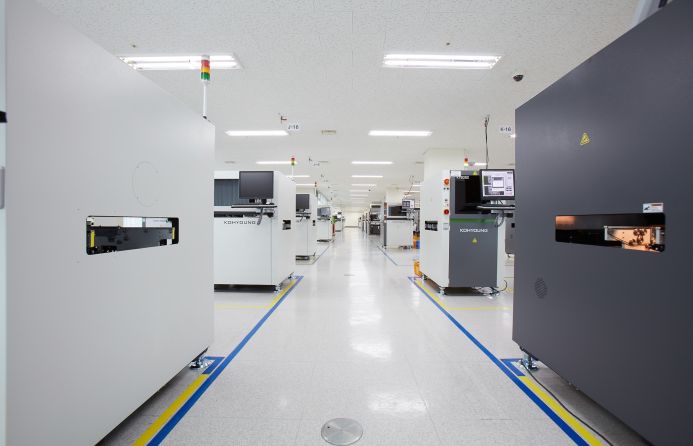

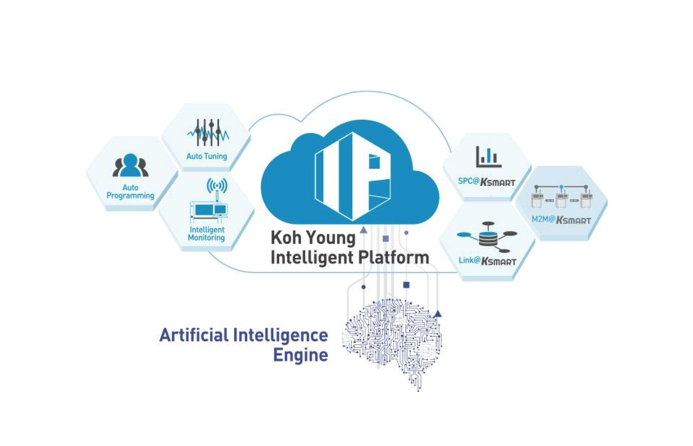


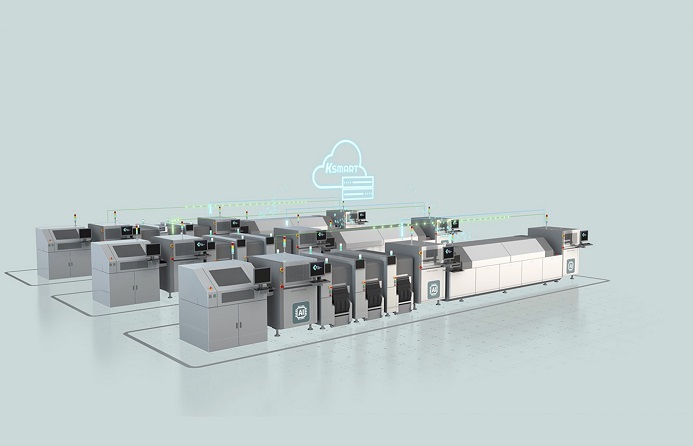
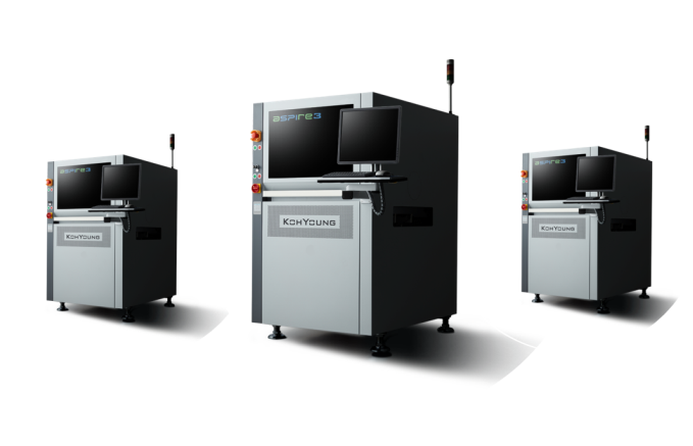
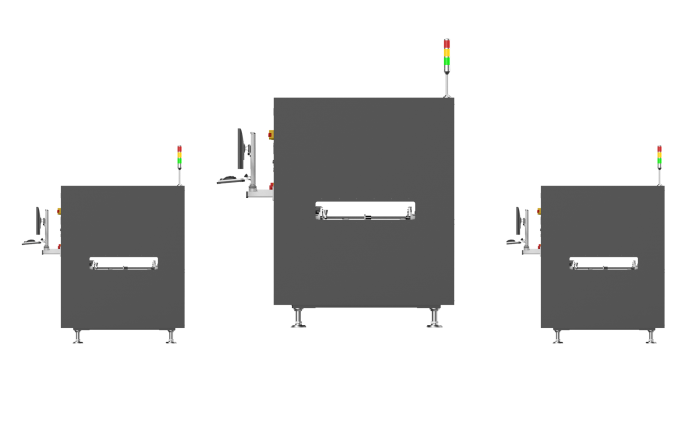
.png)
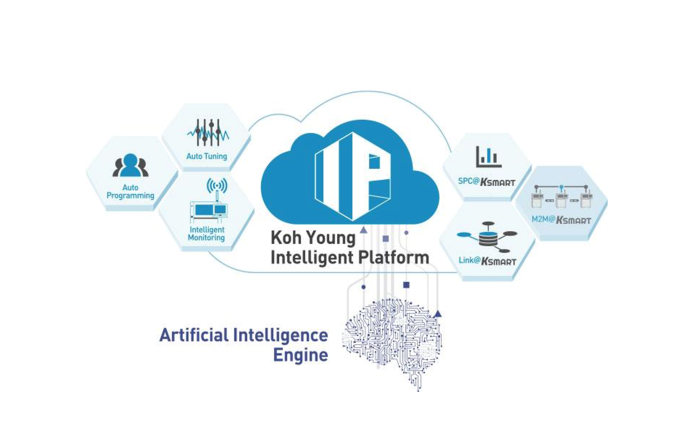
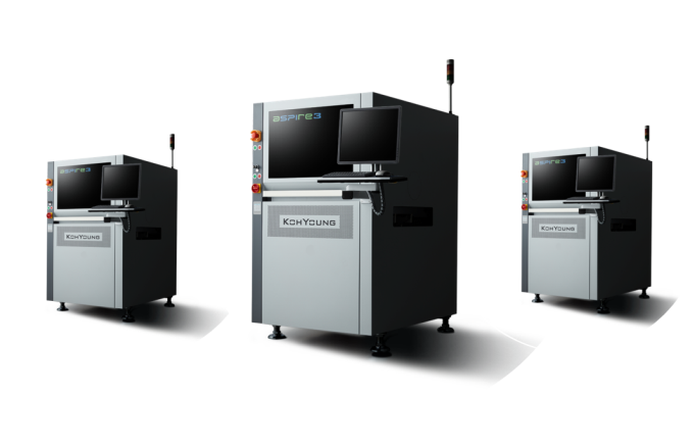
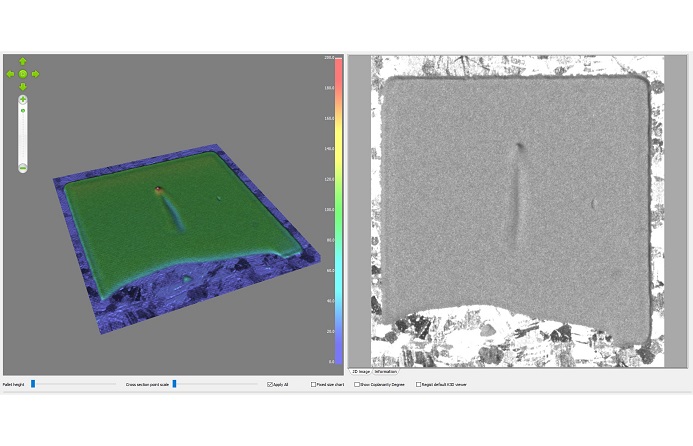
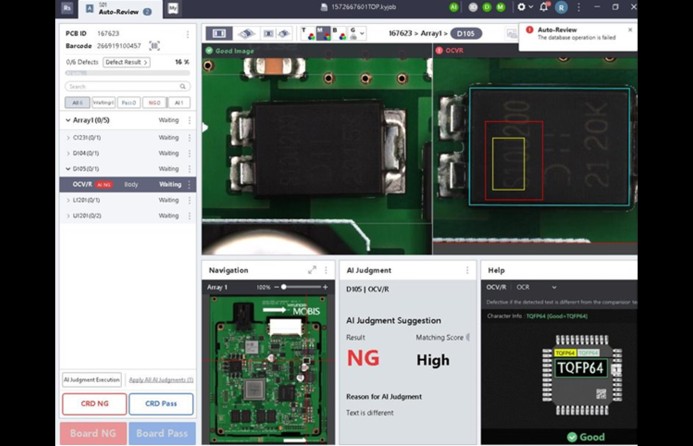
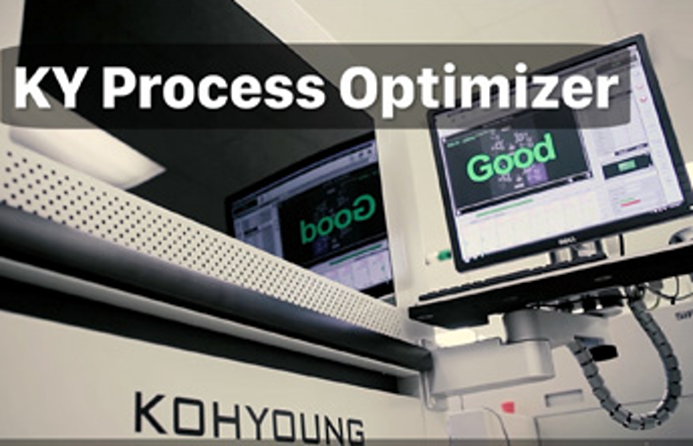
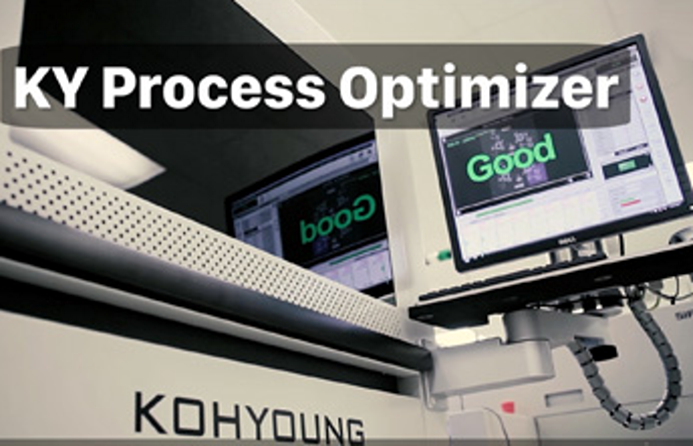
.png)
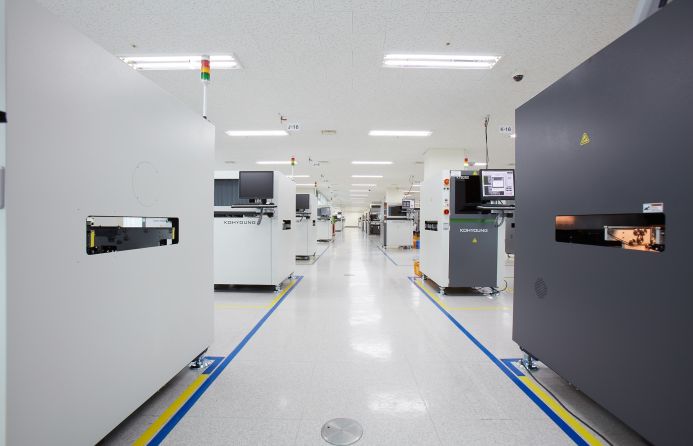
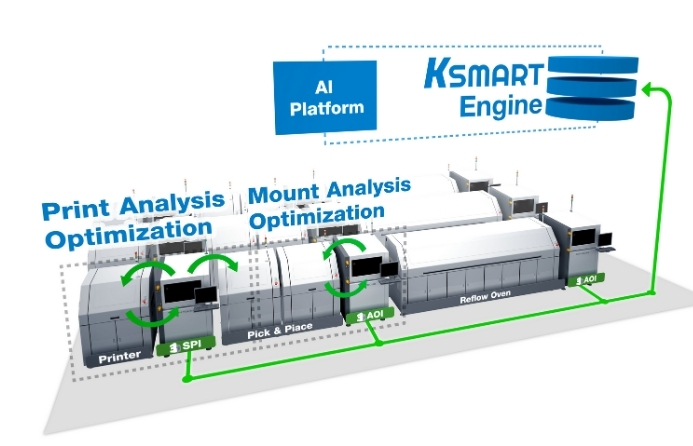
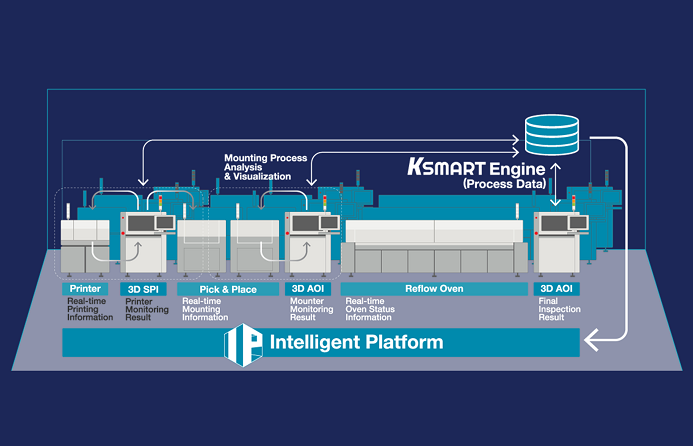
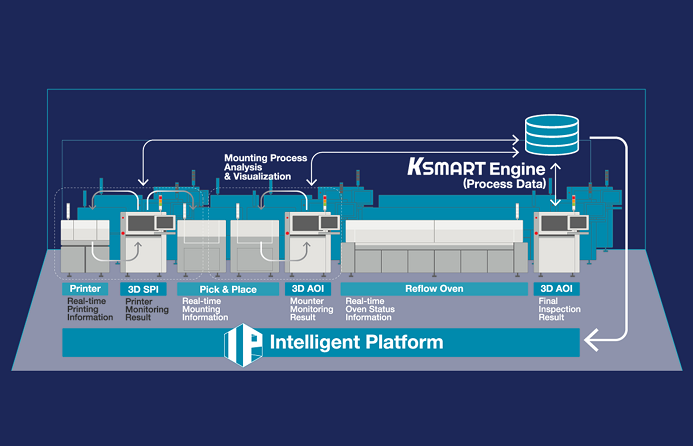
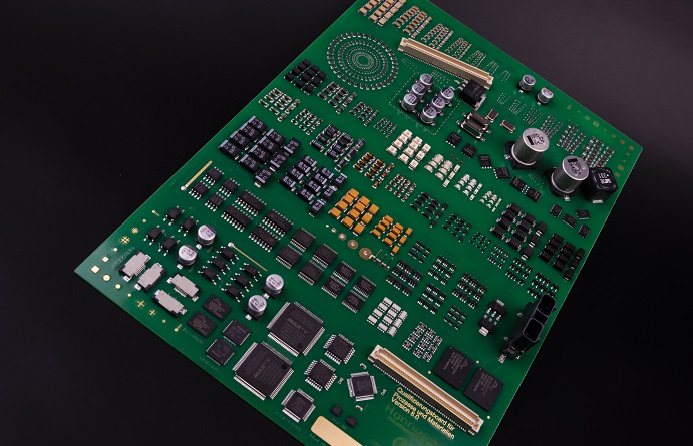
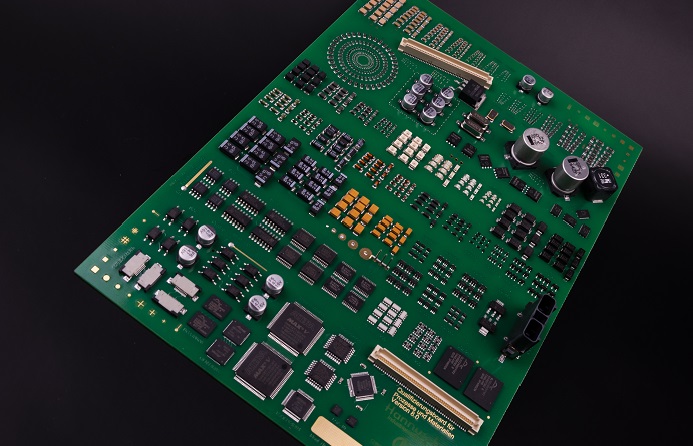
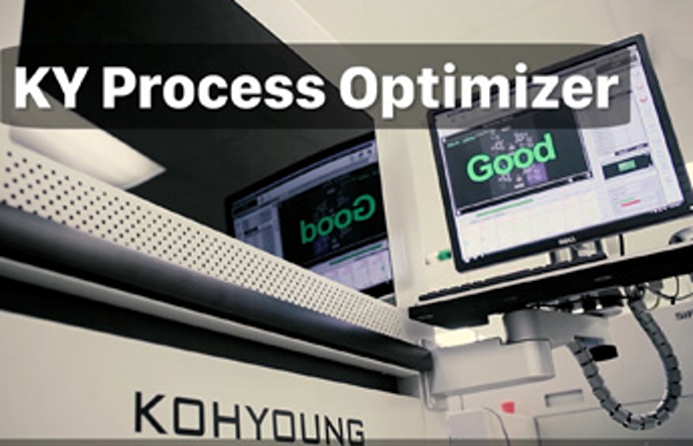
.png)
